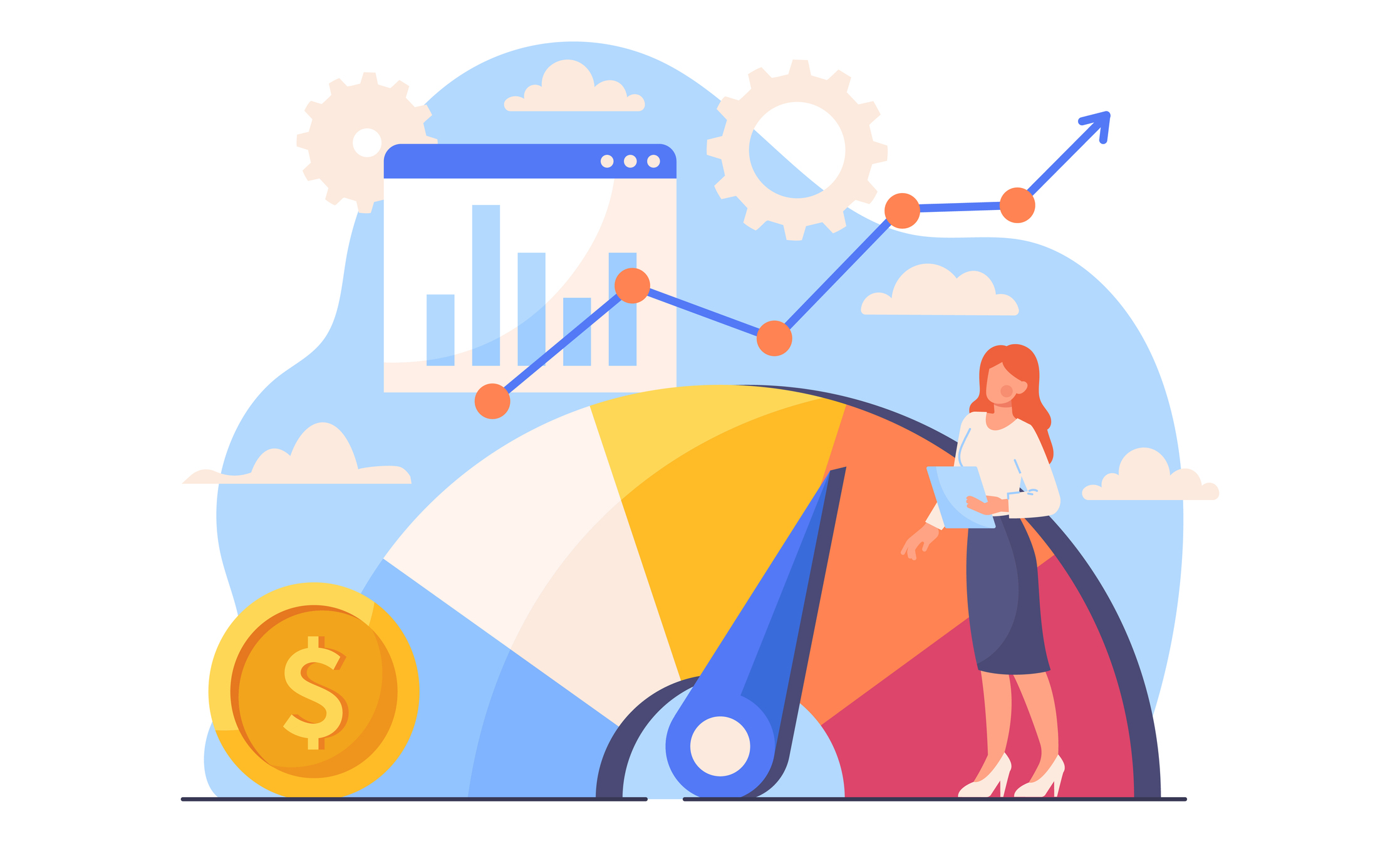Financial Planning and Analysis (FP&A) is a crucial aspect of running a successful business. It involves forecasting future revenue, expenses, and profit, as well as analyzing past and present financial data to inform decision-making. In recent years, technology solutions have become an essential tool for organizations to use in their FP&A processes.
There are many different types of organizations that use technology solutions for FP&A. These include large corporations, small and medium-sized enterprises (SMEs), non-profit organizations, and government agencies. These solutions are particularly useful for organizations that have a large amount of financial data to manage and analyze.

There are many benefits to using a next-generation technology solution for FP&A. These solutions can help organizations to automate and streamline their FP&A processes, making them more efficient and accurate. They can also provide insights and analysis that can help organizations to make better-informed decisions. Furthermore, these solutions can help organizations to improve their reporting and compliance with regulatory requirements. There are also several key considerations to bear in mind when buying technology solutions for FP&A. The first is to ensure that the solution is compatible with the organization’s existing systems and processes. It is also important to consider the level of support and training that the vendor offers, as well as the costs and potential return on investment.
There are many different technology solutions available on the market for FP&A. These solutions vary in terms of their features and functionality. Some solutions focus on budgeting and forecasting, while others provide more advanced analytics and reporting capabilities. Some solutions are designed for specific industries, such as healthcare or manufacturing, while others are more general-purpose.
One of the major trends in the FP&A solutions market is the increasing use of artificial intelligence and machine learning. These technologies are being used to develop advanced algorithms that can analyze large amounts of financial data and provide insights and predictions that can support better decision-making. According to a survey conducted by the Institute of Management Accountants (IMA), over 70% of organizations are using or plan to use artificial intelligence in their FP&A processes. The survey also found that the main benefits of using these technologies are improved accuracy, efficiency, and insights.
Another trend in the FP&A solutions market is the increasing adoption of cloud-based solutions. These solutions offer the benefits of lower upfront costs, scalability, and flexibility. According to the IMA survey, over 60% of organizations are using or plan to use cloud-based FP&A solutions. Overall, the trends and technology innovations in the FP&A solutions market are focused on improving the accuracy, efficiency, and insights provided by these solutions, as well as increasing their integration and flexibility.
One of the key challenges with implementing technology solutions for FP&A is ensuring that the organization has the necessary infrastructure and support in place. This includes having the right hardware, software, and training to ensure that the solution is used effectively. It is also important to have a clear plan in place for how the solution will be integrated into the organization’s existing systems and processes. Our upcoming research will benchmark best practices in Financial Planning and Analysis, providing insights into the challenges and opportunities associated with implementing a next-generation FP&A solution as well as a roadmap for driving continuous performance improvement.
